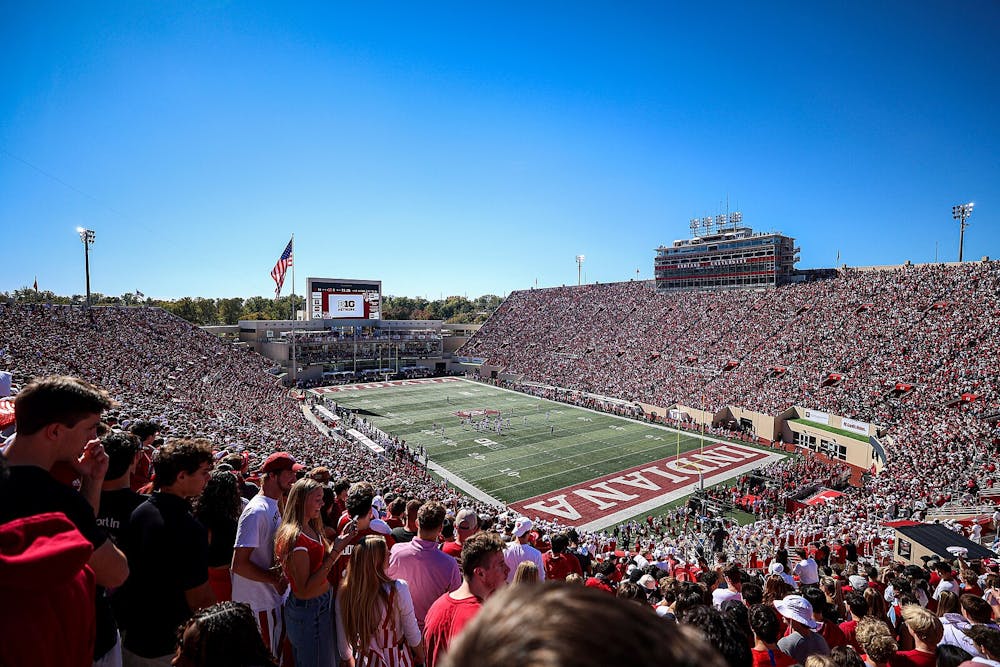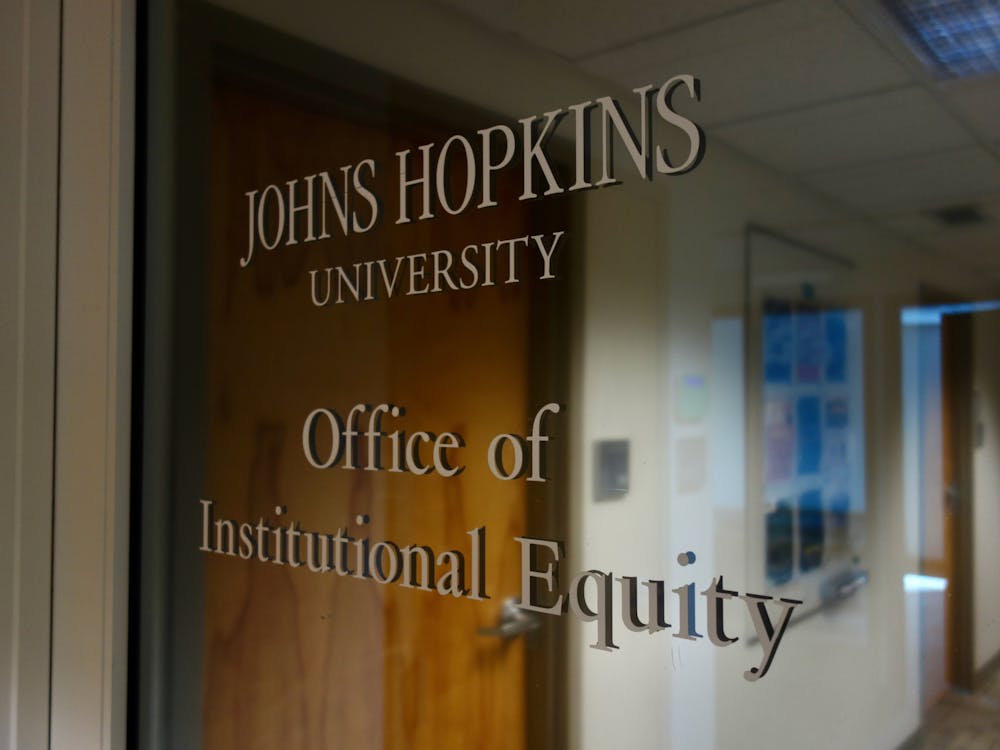If one were to look up the definition of a traditional college football powerhouse, the Indiana Hoosiers would likely be the antithesis of that. Over the 127 seasons that Indiana has played, they have won only two conference titles, finished ranked in the final AP poll 7 times and won at least 10 games in a season once (last year). Until the last few weeks, Indiana had the most losses of any DI football program of all time, a stat that’s partially a product of how long the program has existed, but also due to perpetual mediocrity.
Despite this, the Hoosiers have gone a combined 22–2 across the last two seasons and now find themselves ranked second in the College Football Playoff (CFP) poll. Astoundingly, they have a legitimate chance at their first national title. A win against Purdue on Nov. 28 would clinch an undefeated regular season and a trip to the Big Ten Championship Game. A win in the Big Ten Championship would likely cement the Hoosiers as the #1 team in the nation entering the CFP. So how has a program marked by poor performance for over a century had such a stark turnaround? Enter Curt Cignetti.
When Indiana hired Cignetti from James Madison University, the Hoosiers were coming off a three year stretch with a combined 9–27 record. Cignetti’s hiring led to the transfer of numerous players and staff to Indiana from James Madison. His arrival also showed a fierce edge on full display when he called out powerhouse programs Ohio State and Michigan during an address in front of a Hoosier crowd mere days after first setting foot on campus. This first impression demonstrated to the fanbase that Cignetti had the necessary conviction to not only turn around the program, but also transform Indiana into a team that could rival the best. Throughout the summer before the 2024 season, Cignetti began to lay the groundwork for a culture that emphasized discipline, resilience and relentlessness. His tough but constructive coaching style, as well as his attention to finer details, was quickly noticed and appreciated by players.
However, results had to follow for Cignetti to prove he could garner success. Indiana started off the 2024 season under the radar, winning its first five games (which it had not done since 1967) before entering the Week 6 AP poll at #23. As the season progressed, the Hoosiers continued winning and rose to #5 ahead of a top-five showdown with eventual national champion Ohio State. Although the Hoosiers entered the game 10–0, there was criticism that their schedule thus far had been relatively easy. The game against Ohio State, one of college football’s premier programs, presented a test to see if Indiana was the real deal.
The Hoosiers failed, losing 38–15 in a game that was closely matched in ability but not in the final outcome. Indiana won its final regular season game as the #10 seed in the inaugural 12-team CFP. They went on to face #7 Notre Dame in the first round and lost by a sizable margin, falling behind 27–3 before two touchdowns in the last two minutes of the game resulted in a final score of 27–17.
Indiana’s first season under Cignetti was a massive success, but the Hoosiers had yet to establish themselves as a true national title contender. Despite handling most of their other opponents, Indiana had looked outmatched in their two most important games of the season. There was still a lot for the team to build on ahead of the 2025 season.
The Hoosiers started 2025 ranked #20 in the preseason poll with room for optimism but a schedule that looked significantly tougher than that of the season prior. Their first major test was at home against then #9 Illinois where the Hoosiers dominated 63–10. While this was certainly a statement game and an impressive win, there were doubts surrounding whether or not Illinois had been overrated in the preseason polls. Any doubts about Indiana ceased to exist following their next challenge.
In Week 7, the Hoosiers traveled to Autzen Stadium, one of the loudest and toughest places to play in the country, to face then #3 Oregon. Although there may have been doubts about Illinois’ ability, Oregon was unquestionably considered one of the top teams both in performance and talent. Indiana would play a tight back-and-forth game before pulling away toward the end of the fourth quarter to win 30–20. This win vaulted the Hoosiers to #3, the program’s highest ever rank.
So what have been the major driving factors behind Indiana’s success outside of the system Cignetti has revamped? The first has been the transfer portal. Over the last two years, Indiana has brought in 53 transfers, including both last year’s starting QB Kurtis Rourke and this year’s starting QB Fernando Mendoza. The latter is now the favorite to win the Heisman Trophy, which is awarded to CFB’s most outstanding player. Another major factor has been name, image and likeness (NIL). Although Indiana’s NIL spending likely pales in comparison to some other programs, a significant amount of money has been put toward retaining and obtaining impact players.
Indiana’s rapid turnaround has also shaped how other programs operate. In a world with this much turnover and reactionary behavior, programs are often scrambling to find the next great coaching hire. Curt Cignetti is the newest model of that philosophy. Indiana’s recent success has also likely put pressure on coaches at other programs to win quickly. In the past, coaches have often been afforded a few years to implement their system, but now, especially in the era of an unrestricted transfer portal and NIL, Indiana has demonstrated that it is possible for success to come almost immediately.
Whether or not Indiana will maintain this progress in the future remains to be seen. Outside of a narrow victory at Penn State, Indiana has been on a roll and poses a fair argument for #1 up to this point. Recent history has shown that it can be risky to rely heavily on the transfer portal for sustained excellence (see Florida State’s 2023 and 2024 seasons). However, Cignetti appears to have instilled a strong culture at Indiana which is tantamount for prolonged success. Nevertheless, Indiana’s track record the last two years shows that even programs at the bottom of college football can quickly rise to the top.





